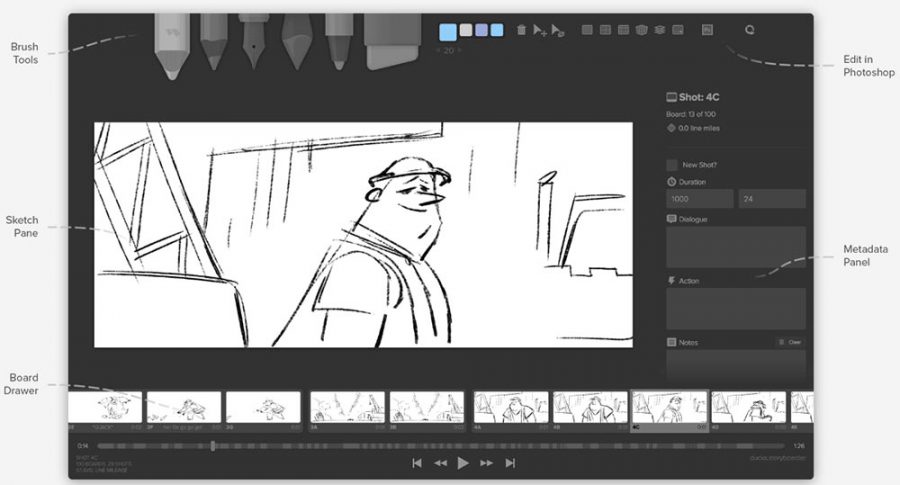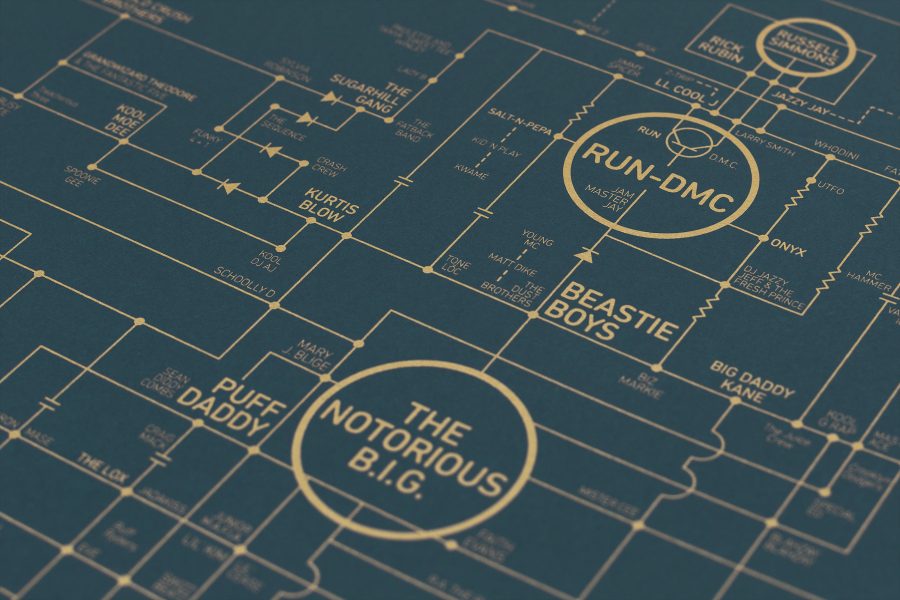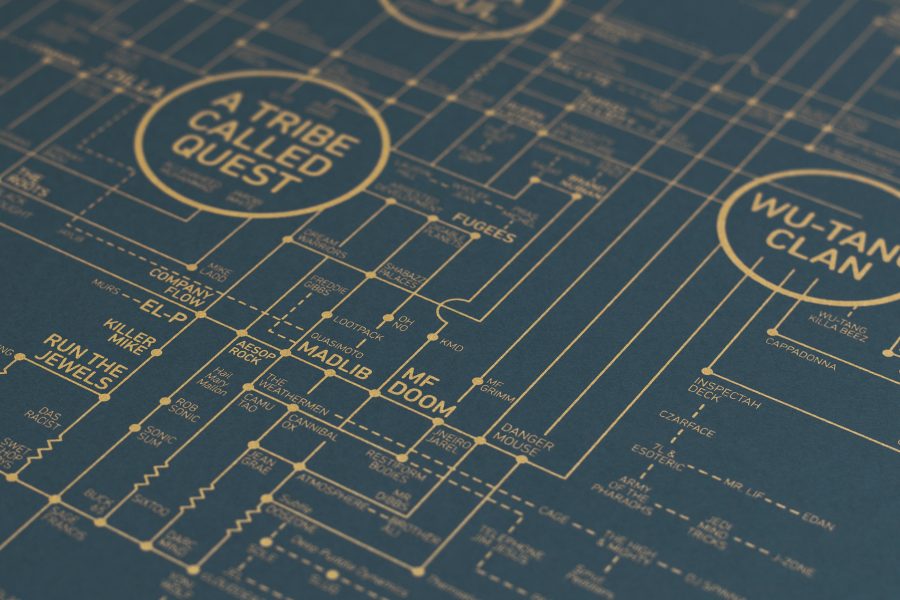BoingBoing recently ran a short profile on a new documentary that takes you inside the intriguing Ritman Library. Located in Amsterdam, the library houses 23,000 rare books from hermetic/esoteric/occult traditions–Alchemy, Hermetica, Cabala, Magic, Rosicrucianism, Mystic, Theosophy, Freemasonry, Pansophy and much more.
You can watch the trailer for the documentary above. But, even better, you can now stream the complete 90-minute film on Amazon Prime for free. If you have an Amazon Prime account, just click here to start watching. If you don’t, you can sign up for a 30-day free trial, watch the doc, and then decide whether to remain a subscriber or not. It’s your call. (Note: they also offer a similar arrangement for audiobooks from Audible.)
The same deal applies to other films we’ve featured during the past year. Jim Jarmusch’s new documentary Gimme Danger–his “love letter” to punk icons Iggy Pop and The Stooges. And also Long Strange Trip, the new 4‑hour documentary on the Grateful Dead.
If you would like to sign up for Open Culture’s free email newsletter, please find it here. Or follow our posts on Threads, Facebook, BlueSky or Mastodon.
If you would like to support the mission of Open Culture, consider making a donation to our site. It’s hard to rely 100% on ads, and your contributions will help us continue providing the best free cultural and educational materials to learners everywhere. You can contribute through PayPal, Patreon, and Venmo (@openculture). Thanks!
Related Content:
Discover the Jacobean Traveling Library: The 17th Century Precursor to the Kindle
The Art of Making Old-Fashioned, Hand-Printed Books
Wonderfully Weird & Ingenious Medieval Books
Wearable Books: In Medieval Times, They Took Old Manuscripts & Turned Them into Clothes
Free Online Literature Courses






